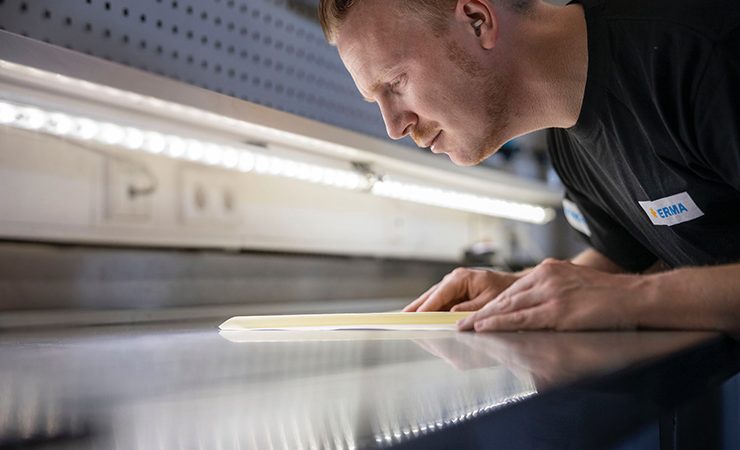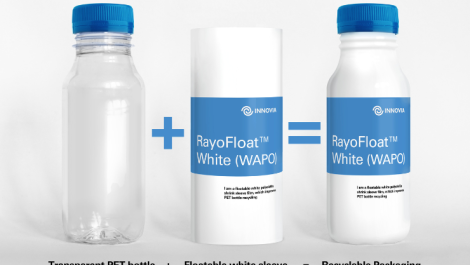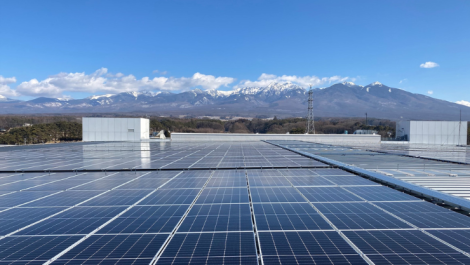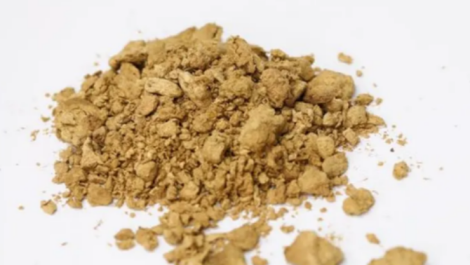Self-adhesive specialist Herma is now producing about 10,000 tonnes less carbon dioxide emissions a year, fuelled by the commissioning of two new plants for labelling machines and self-adhesive materials in Filderstadt, Germany.
Commissioned in early 2019 and mid-2020 respectively, these plants have seen the company complete its transition to green power. A certificate has been issued verifying that, since the start of 2019, utility company E.ON Energie Deutschland has been offsetting Herma’s actual electricity consumption by feeding into the public supply network an equivalent amount of power generated from renewable sources. The amount of the emission savings is referred to the German electricity mix, which in 2019 indicated that 46 percent of the country’s generating resources were already renewable.
Herma managing director Dr Thomas Baumgärtner explained, ‘In constructing the two new facilities we have made every effort to curb our specific energy consumption. Thanks to intelligent solutions, some of which are being used in our industry for the first time, we have achieved a great deal in this respect.
‘For production purposes, however, we still need considerable amounts of energy. By switching to green power, we have ensured that the electricity we consume is being generated in a way that protects the climate. Halting or at least decelerating climate change ranks among the most crucial challenges worldwide. For this reason, we are continuously seeking to reduce our carbon dioxide footprint.’
This programme supports Herma’s existing commitment to environmental best practice, which has previously seen it become one of the first companies in the industry to participate in the Cycle4Green (C4G) initiative. Label release liner, which was previously considered non-recyclable because of its silicone content, is now being reprocessed, with recovered paper fibre used to produce new release liner and label materials.
Dr Baumgärtner said, ‘The material we collected from our own production in 2019 alone helped us to save a further 373 tonnes of carbon dioxide, measured against the amount that would have been generated by producing equivalent products with virgin fibre.
‘But the really large quantities arise, of course, where the label rolls are actually used – typically on the premises of brand manufacturers and packaging service providers. Nonetheless, the carbon dioxide emissions eliminated by recycling our waste are more or less equivalent to those produced by the entire Herma vehicle fleet. From this perspective, the climate footprint of all our vehicles is being offset.’
Since 2017, the steps taken by Herma to reduce its carbon footprint have also included the reconditioning of intermediate bulk containers (IBC). These standardised containers are designed for transporting and storing liquids, pastes or solids, such as powders or granules. They consist of a plastic body, a cage and a pallet base. In 2019, Herma submitted 1277 of these IBCs for environment-friendly reconditioning. If it had purchased a similar number of new IBCs instead, the company’s carbon dioxide emissions would have been 136.6 tonnes higher. The saving is equivalent to offsetting the climate footprint of a car that consumes an average of 40.4mpg (seven litres of petrol per 100km) over a distance of 516,000 miles (830,000km). Recycling this number of containers also recovers 49.2 tonnes of steel and 19.4 tonnes of plastic.
Dr Baumgärtner concluded, ‘Many more steps still need to be taken and we remain committed to making further progress, but these examples demonstrate that even small changes give rise to remarkable carbon dioxide savings.’






